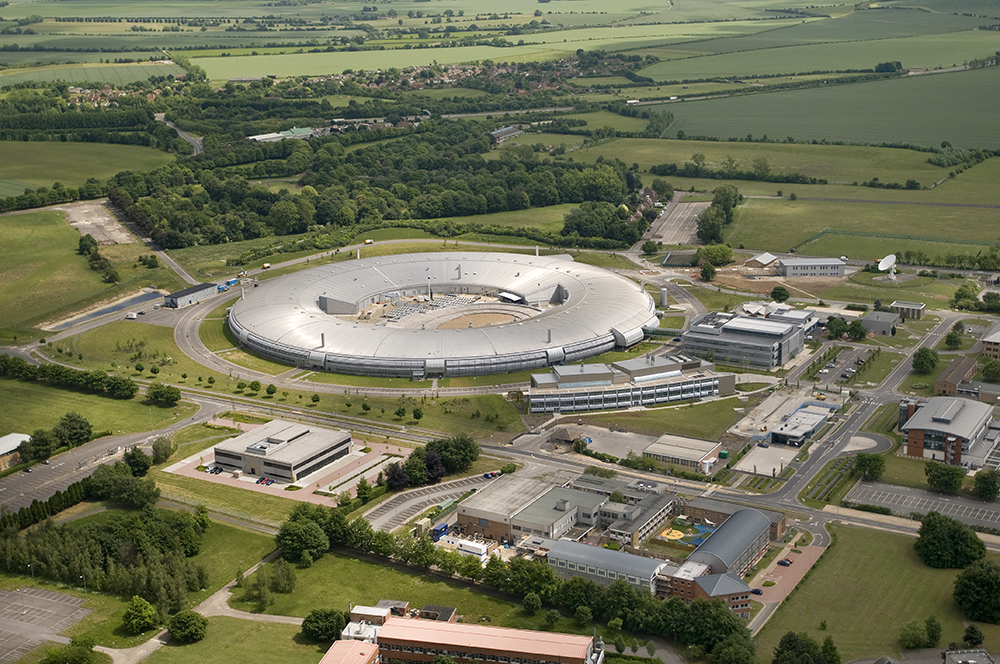
As the COVID-19 pandemic sweeps the globe, many countries have gone into lockdown. Schools, restaurants, and other non-essential businesses were instructed to temporarily closed their doors. Light source facilities, however, have not been quiet.
Dr Tessa Charles, who will join the Cockcroft Institute as a lecturer at the University of Liverpool this summer, says: “Light source facilities are especially essential at a time like this, and skeleton crews have been overseeing operations of facilities around the globe, to support the drug-discovery effort. Accelerator upgrades, such as the Diamond II proposal, will produce even brighter photons beams with increased coherence over a larger energy range, to enable more, high-impact research.”
There are two main areas that light source facilities are able to support in the effort to tackle the pandemic: developing antiviral medications (much like Tamiflu or Relenza which are prescribed for the common flu) and developing a vaccination. In both of these cases, knowledge of the virus’ atomic structure is needed, and this is where light sources can help.

At Diamond Light Source, protein crystallographers are using the immensely bright X-rays to map the structure of the main SARS-CoV-2 protease – which is an enzyme responsible for breaking down of proteins into smaller parts. The atomic shape and structure of proteins can dictate how they function. A drug that can bind to this enzyme’s active site would inhibit the virus’ usual function. In this case, a drug that can bind to the active site of the main protease would impair the virus’ ability to replicate – limiting the spread of the disease.
X-rays impinging on a crystal sample diffract, and it is through the detected diffraction pattern that protein crystallographers can solve the 3-D structure of the crystal. High brilliance X-rays (i.e. many photons per unit area, per unit time, per solid angle, per 0.1 % bandwidth) allow users to collect diffraction data more quickly, with higher resolution. For example, in less than one month, Dr. Martin Walsh and his team at Diamond, rapidly amassed and analysed over 1,500 crystals and drug fragments. Then in a few days of beamtime they were able to pin down the parameters of the viral protease with a high degree of confidence – a first vital step toward developing a drug.
Whilst this work could have been conducted with a lab-based X-ray source, to collect the same amount of data collected in those few days of beamtime, would have taken approximately one decade. The Diamond-II upgrade proposal will push down the horizontal emittance by a factor of ~17, to result in increased brightness and coherent fraction of the photon beam. Researchers from the Cockcroft Institute are contributing to the Diamond-II Technical Design Report, which is expected to be published in the final quarter of 2021.
Light source facilities all around the globe (too many to list) have been granting rapid-access for research directly related to COVID-19. A full list of facilities with rapid access schemes, as well as some information on the research being conducted can be found here. These beam times also allowed studies into novel beam diagnostics, e.g. R&D into optical synchrotron radiation imaging.
Dr Charles added: “Much of this research revolves around trying to identify molecules effective against COVID-19 in an attempt to bring us closer to an effective vaccine or treatment. This work in on-going. With each step researchers are learning more about how the virus functions and how best to address it. “
